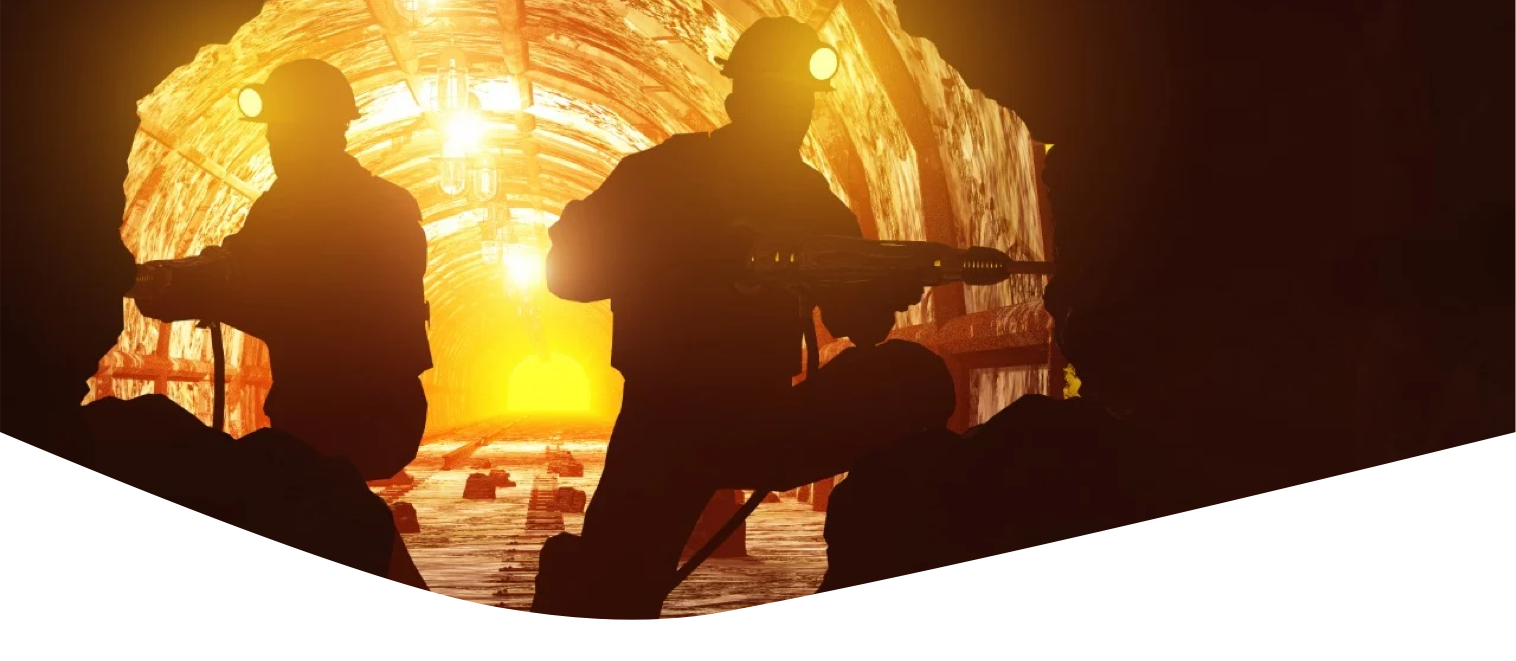
Internal communication
5 Ways digital employee communication is a great way to align your workforce
01 July 2021

An effective internal communication strategy creates better alignment between the organisation and its employees. This is because communication is an integral part of the business value chain.
A good internal communications strategy aims to inspire, engage, inform, and educate frontline and desk-bound employees.
In mining, internal communication has become crucial due to the complexities of this environment, including changing shift schedules, language and cultural barriers, and technological challenges, to name a few.
Let us take a look at what the South African mining industry looks like:
There are often significant communication gaps between management and mine workers who spend large portions of their days underground.
CASE STUDY: Take a look at how Impala Platinum Rustenburg Operations has streamlined their internal communication to engage employees who were previously not reached and receive feedback that has improved the lives of their miners.
In this blog, we are going to provide you with a tried and tested step-by-step guide to launching an effective communications strategy for the mining sector.
A communication strategy needs to help drive key business objectives; a part of this process is understanding how your existing comms are helping to achieve just that.
Here are a few things you would need to assess before developing a revised strategy:
Taking stock of your current strategy and identifying key issues will help you prioritise and address these gaps as your new strategy comes together.
This one might seem easy off the bat; they are all the employees who work for your company.
Unfortunately, that is too broad. Most mining operations are very complex, with multiple offices and mines scattered across the globe. To create an effective internal communication strategy, you need to consider the individuals from the desk workers in management, IT, marketing, engineering and HR, all the way to your frontline staff working at the mine, including cleaners, drivers, miners, medical staff and security.
Effective communication is about getting the right message, to the right person, at the right time. Hence, knowing your audience and segmenting or personalising your messaging is vitally important.
Defining your key stakeholders can be done by collating demographic data (age, gender, location, job title) from HR. Additionally, conducting site visits, inter-departmental focus groups or one-on-one interviews with employees will help you uncover more profound insights into the challenges they face.
It is often these challenges, whether they are personal, cultural, economic or technological, that might be preventing your current communication strategy from being effective.
From here, you want to dissect the information and start segmenting and grouping your stakeholders as is appropriate for your organisation.
This is where we start to tailor a communications strategy to your workforce. In completing this step, you are arming yourself with the kind of information that can increase engagement, empower your workforce, boost overall satisfaction and increase plant productivity.
 Internal communication is in service of your company's goals and objectives. SMART goals are very effective at setting clear parameters for your comms plan and should be very closely aligned to your organisation's higher-level goals.
Internal communication is in service of your company's goals and objectives. SMART goals are very effective at setting clear parameters for your comms plan and should be very closely aligned to your organisation's higher-level goals.
Let us unpack what SMART stands for:
Here are some examples of good SMART goals:
Setting SMART goals can ensure that your communications strategy has a real and measurable impact on your overall business and employees.
 Using the right channels to connect with your intended audience is the cornerstone of effective communication. When considering which channels to use, you need to make sure that you pick an appropriate format for the type of message you want to send and the audience you want to reach.
Using the right channels to connect with your intended audience is the cornerstone of effective communication. When considering which channels to use, you need to make sure that you pick an appropriate format for the type of message you want to send and the audience you want to reach.
Here is a list of 6 communication channels for you to consider:
You have now come to understand the key challenges your workforce is facing, you know which channels you will be using and how you will measure your success.
Now we get to build the content plan:
It is important to keep in mind not to overburden your workforce with too many comms. Keeping the message clear and straightforward, and making it easy for your workforce to respond to is essential. After all, communication should be a two-way street.
At this point, you should be equipped with a clear strategy that is ready to be rolled out to your workforce. It is time to do all your final checks, testing and changes. Then it is time to push play.
In step 3 of this blog, we mapped out some goals to help you track the efficacy of your communications plan. Make sure that once your communications start to go out that you are including measuring and reporting features in your overall strategy.
You could look at incorporating monthly or quarterly reporting sessions where leadership has the opportunity to discuss what has been done, key metrics, and whether or not you are on track to achieving the goals you set out initially.
Sessions like these should also incorporate any new tactics you plan on implementing to help achieve your strategic objectives.
There is, unfortunately, no one size fits all when it comes to effective internal communications. Reaching a large workforce that operates in varying situations from behind a desk or the bottom of a mine shaft can be challenging.
The more you can understand the different groups of desk-bound and frontline workers, the better you will understand their challenges and how to connect with them.
Unleash Tomorrow.

Internal communication
01 July 2021